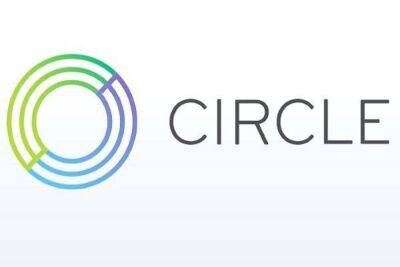How and why do stablecoins depeg?
Stablecoins are a type of cryptocurrency designed to have a stable value relative to a specific asset or a basket of assets, typically a fiat currency such as the U.S. dollar, euro or Japanese yen.
Stablecoins are designed to offer a “stable” store of value and medium of exchange compared with more traditional cryptocurrencies like Bitcoin (BTC) and Ether (ETH), which can be highly volatile.
Fiat money, cryptocurrencies, and commodities like gold and silver are examples of assets used to collateralize or “back” stablecoins. Tether (USDT), USD Coin (USDC) and Dai (DAI) are a few examples of stablecoins pegged to the U.S. dollar.
Stablecoins can also be algorithmically stabilized through smart contracts and other mechanisms that automatically adjust the supply of the stablecoin to maintain its peg to the underlying asset.
Despite the potential benefits, stablecoins are not without risks. The most significant risk with any stablecoin is the potential for its peg to break, causing it to lose its value relative to the underlying asset.
Depegging is where the value of a stablecoin deviates significantly from its pegged value. This can happen for various reasons, including market conditions, liquidity issues and regulatory changes.
USDC is a fully reserved-backed stablecoin, meaning every USD Coin is backed by actual cash and short-dated United States treasuries. Despite this, USDC issuers, Circle, announced on March 10 that USDC had depegged from the U.S. dollar, with around $3.3 billion of its $40 billion in USDC reserves stuck in the now defunct Silicon Valley Bank. The bank — the 16th-largest in the U.S. — collapsed on March 10, and is one of the biggest bank failures in U.S. history. Given USDC’s collateral influence, other
Read more on cointelegraph.com











